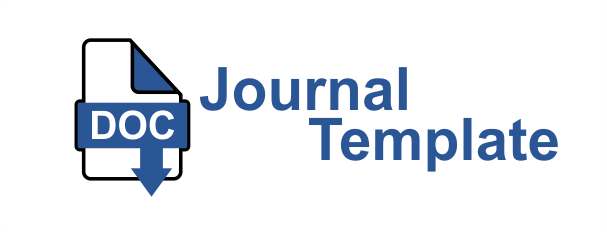Author Guidelines
Guidelines For Writing Articles
- Articles accepted are articles that have never been published in any journal in any form or have not been accepted for publication (Read more).
- Articles in the form of community service that have relevance to the scope of the journal (Read more).
- If your article is about a health case study (clinical case report) there must be at least 3 similar cases and evidenced by literature studies or case reports in it.
- If you are interested in publishing an article on our OJS, please adjust it according to the template we have provided. Click here
Writing System
- Articles consist of 2500-4500 words, typed with 1.15 spacing on A4 size paper with Cambria size 11 font. The articles to be published are in Indonesian and English (only in the title, abstract, and keywords).
- The composition of the article consists of: Title, Author, Abstract, Keywords, Introduction, Method, Results and Discussion, Conclusion, and Reference.
ARTICLE WRITING CONDITIONS:
Title: Maximum 16 words. The title is typed in Cambrian 16 centered.
Author's name: The author's name is typed under the title in Cambria 11 font, not abbreviated. Below the written name, the name of the institution, the author's email, and the author's active WhatsApp number.
Abstract: Not more than 250 words, written in English and Indonesian, in one paragraph containing: the purpose of the service, the method of activity, and the results of the activity. Typed in Cambrian font, 1.15 spacing, and italicized. Under the abstract there are keywords with a maximum of 5 words, separated by commas, typed in double space below the abstract.
Introduction: Introduction contains background to overcome a problem, urgency, and rationalization of activities, literature review, problem solving plan, and activity objectives.
Method: The research method explains: the implementation method used in service activities. Methods are explained clearly and in detail.
Results and Discussion: Describing the results or outcomes of services, can be in the form of increasing knowledge, skills or in the form of products. The results also reveal the level of achievement of the activity targets. If in the form of objects there needs to be an explanation of product specifications, advantages and disadvantages. The written output needs to be accompanied by photos, tables, graphs, charts, pictures, etc. The discussion is carried out sequentially according to the objectives and has been described previously. The discussion is accompanied by logical arguments by linking the results of the PkM with theories, other PkM results and or research results.
Conclusions: The conclusion contains a brief summary of the results of the research and discussion. Conclusions are research findings in the form of answers to research questions or research objectives. The results of the research provide suggestions/contributions to the application and/or development of science.
Appreciation: Contributors who are not named as authors should be acknowledged, and their specific contributions should be explained. All sources of funding for work must be recognized, both research grantors and grant amounts (if any) must be awarded for each funding source.
References:
- Written in full, according to the references in the content
- Only contains literature referenced in the content
- Reference sources 100% of published literature 10 years from the year the article was submitted, a minimum number of 20 references which is at least 80% of research articles in journals or research reports.
- The bibliographic format is the American Psychological Association (APA).
- Reference management applications such as Mendeley, Zotero, or Endnote, should be used by authors when citing references.










